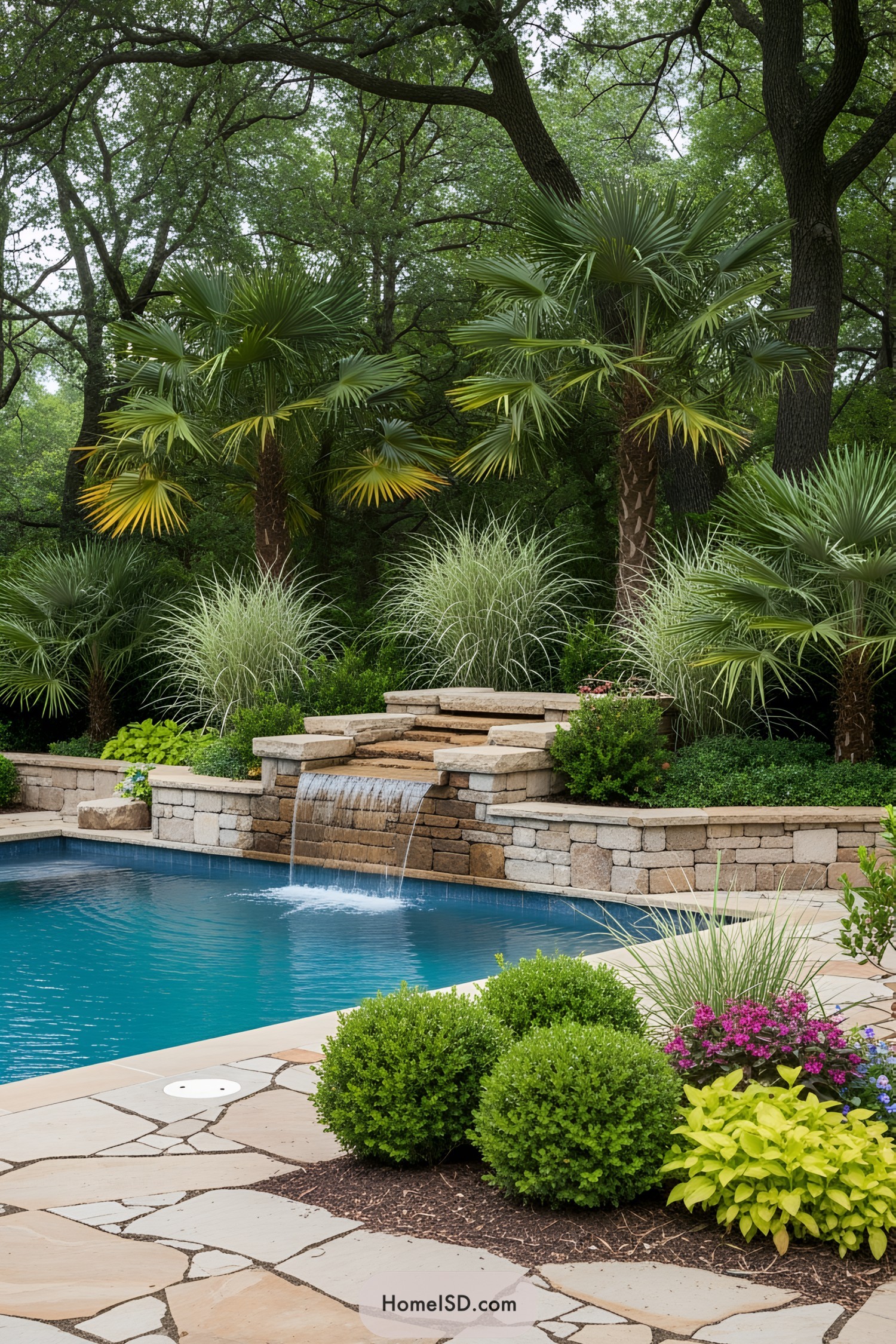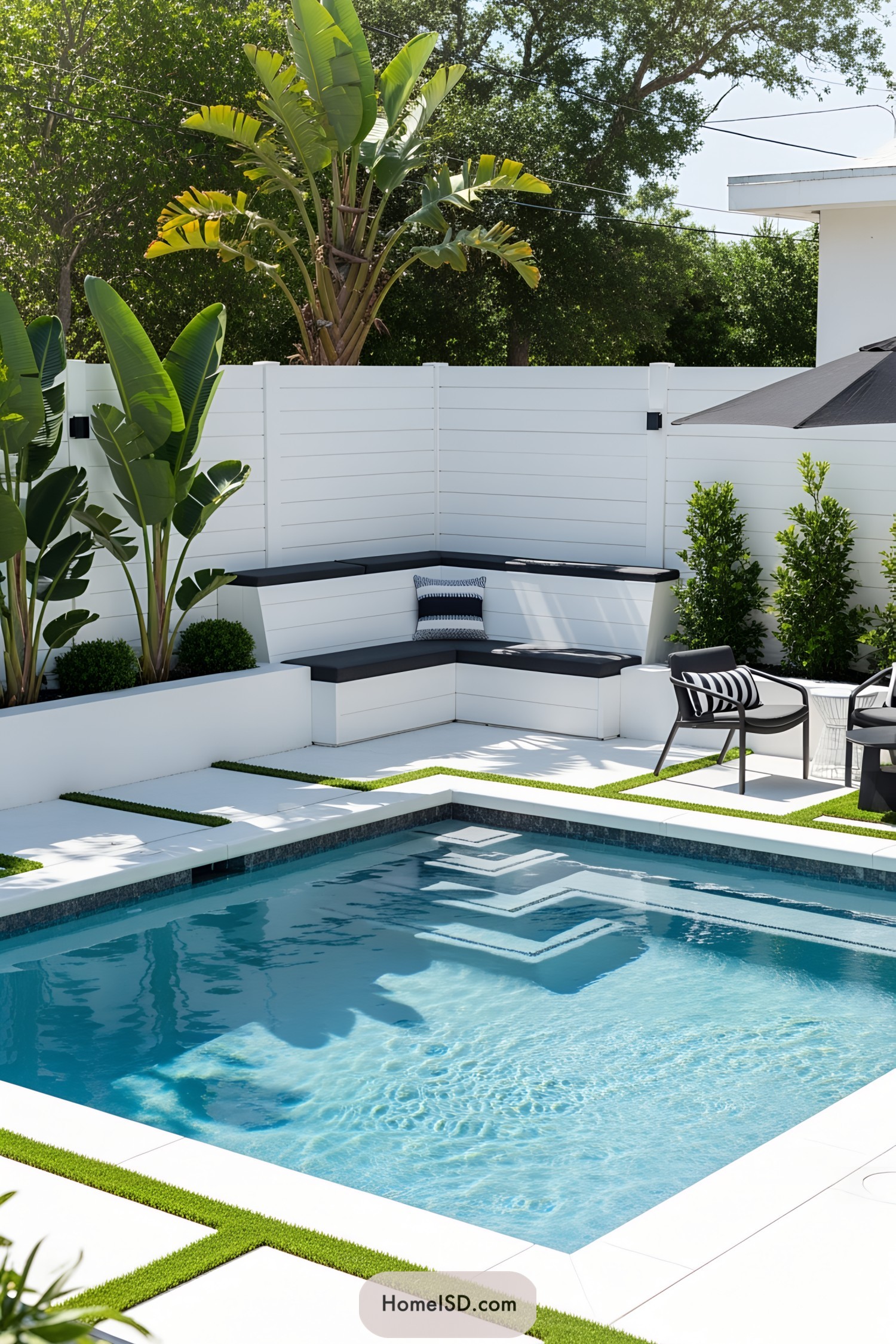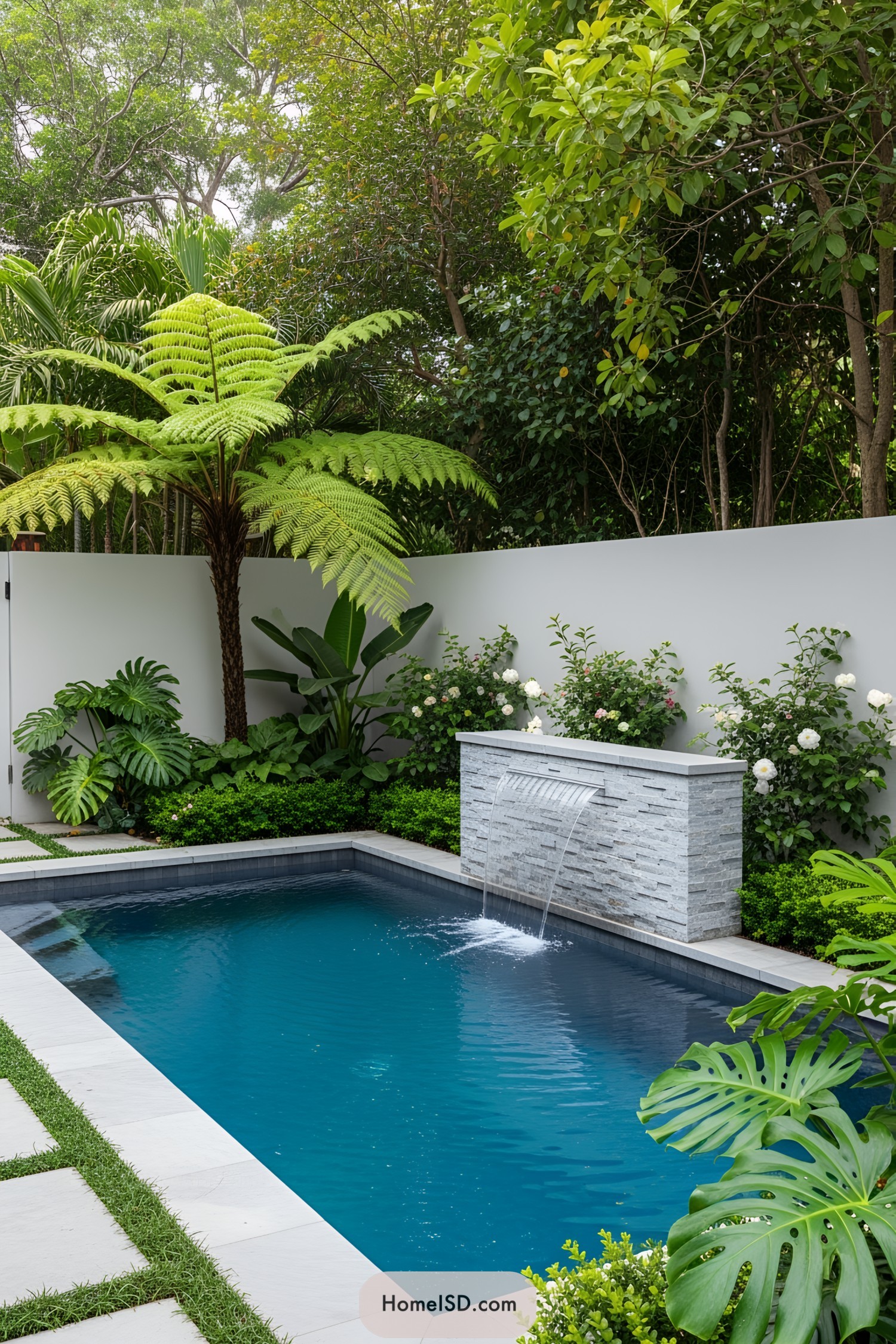Last updated on
Discover a variety of Crown Vetch alternatives that provide eco-friendly solutions for soil stabilization, erosion control, and habitat enhancement in this comprehensive blog post.
Looking for a way to add some natural beauty to your garden without breaking the bank? Look no further than crown vetch alternatives! While crown vetch is a popular ground cover, it can quickly take over and become invasive if not properly maintained. Fortunately, there are plenty of other options out there that can provide the same stunning effect without all the hassle.
In this article, we’ll explore some of the best alternatives to crown vetch that will help you create a beautiful and budget-friendly garden that you’ll love for years to come. So grab your gardening gloves and let’s get started!
Crown Vetch Overview
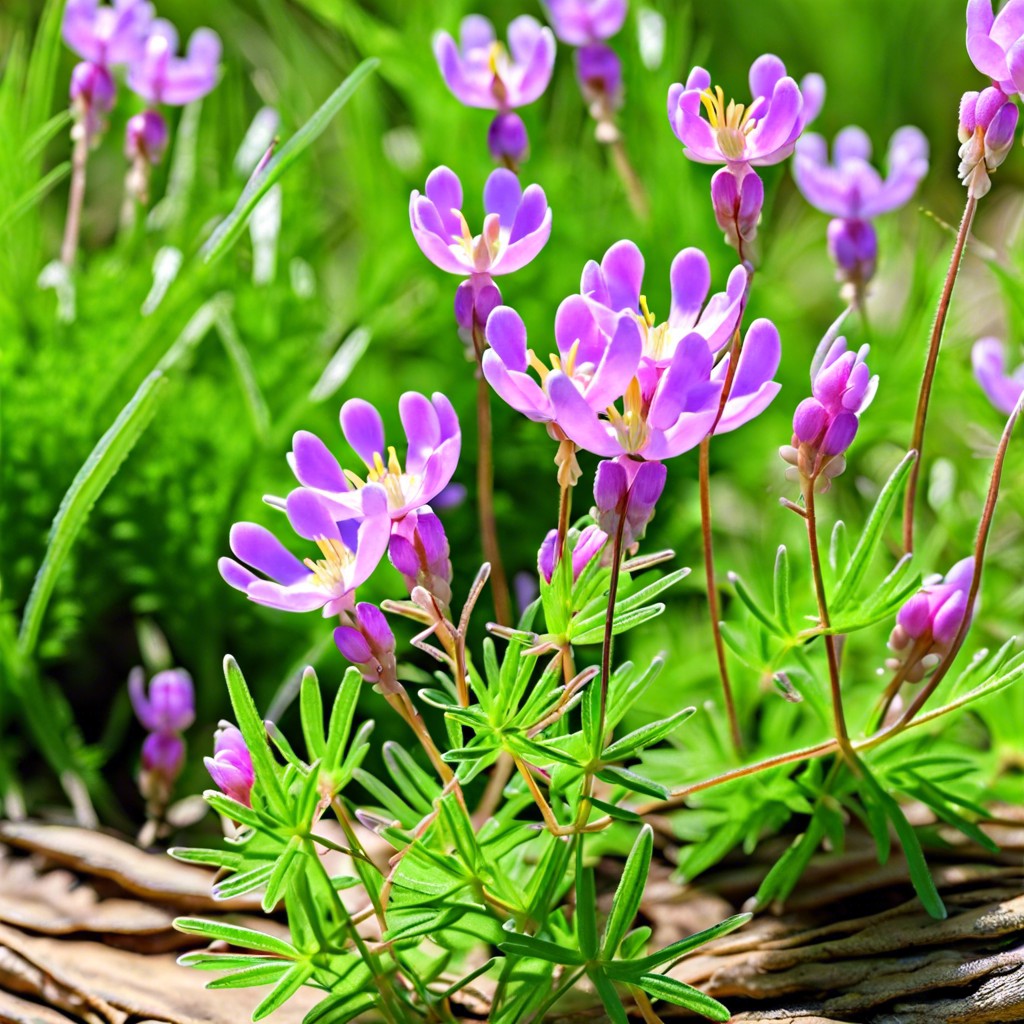
It’s important to note that crown vetch can quickly become invasive if not properly maintained. This plant spreads rapidly through its extensive root system and self-seeding capabilities.
Once established in an area, it can be difficult to remove completely.
While crown vetch may seem like an attractive option due to its low cost and ease of planting, there are many other alternatives available that offer similar benefits without the risk of invasiveness.
Ecological Concerns

This can lead to a loss of biodiversity in the area, which has negative impacts on local ecosystems. Some studies have shown that crown vetch may release chemicals into the soil that inhibit the growth of other plants.
To avoid these ecological concerns while still achieving your landscaping goals, consider using one of many alternative ground cover options available. These alternatives provide similar benefits without posing risks to local ecosystems or inhibiting other plant growth.
Erosion Control Options
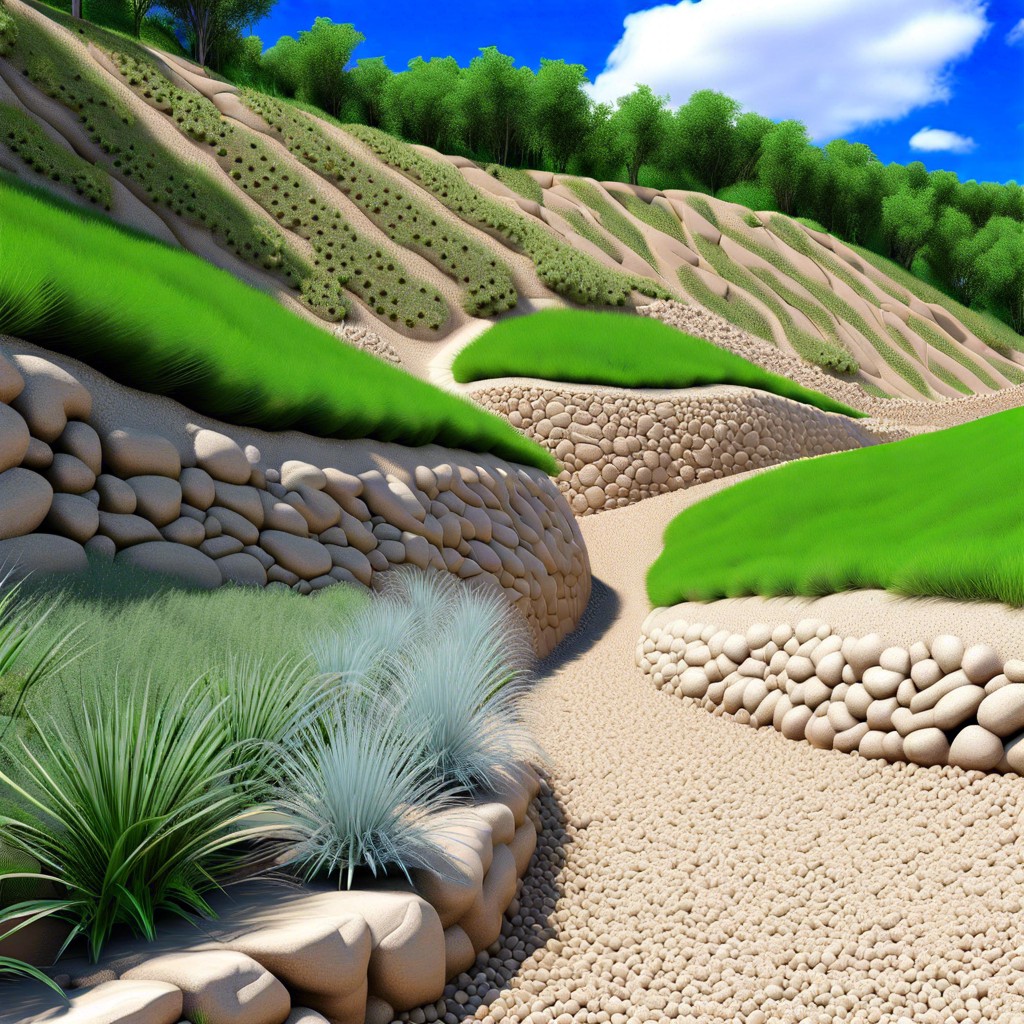
There are plenty of other options that can do the job just as well. For example, planting a mix of native grasses and wildflowers can help stabilize soil while also providing habitat for pollinators and other wildlife.
Another option is using mulch or groundcovers like creeping phlox or sedum. These plants will help hold soil in place while also adding visual interest to your garden.
If you’re dealing with steep slopes or areas prone to heavy runoff, consider installing terraces made from natural stone or wood logs. This will not only prevent erosion but create an attractive focal point in your landscape design.
Native Groundcover Alternatives
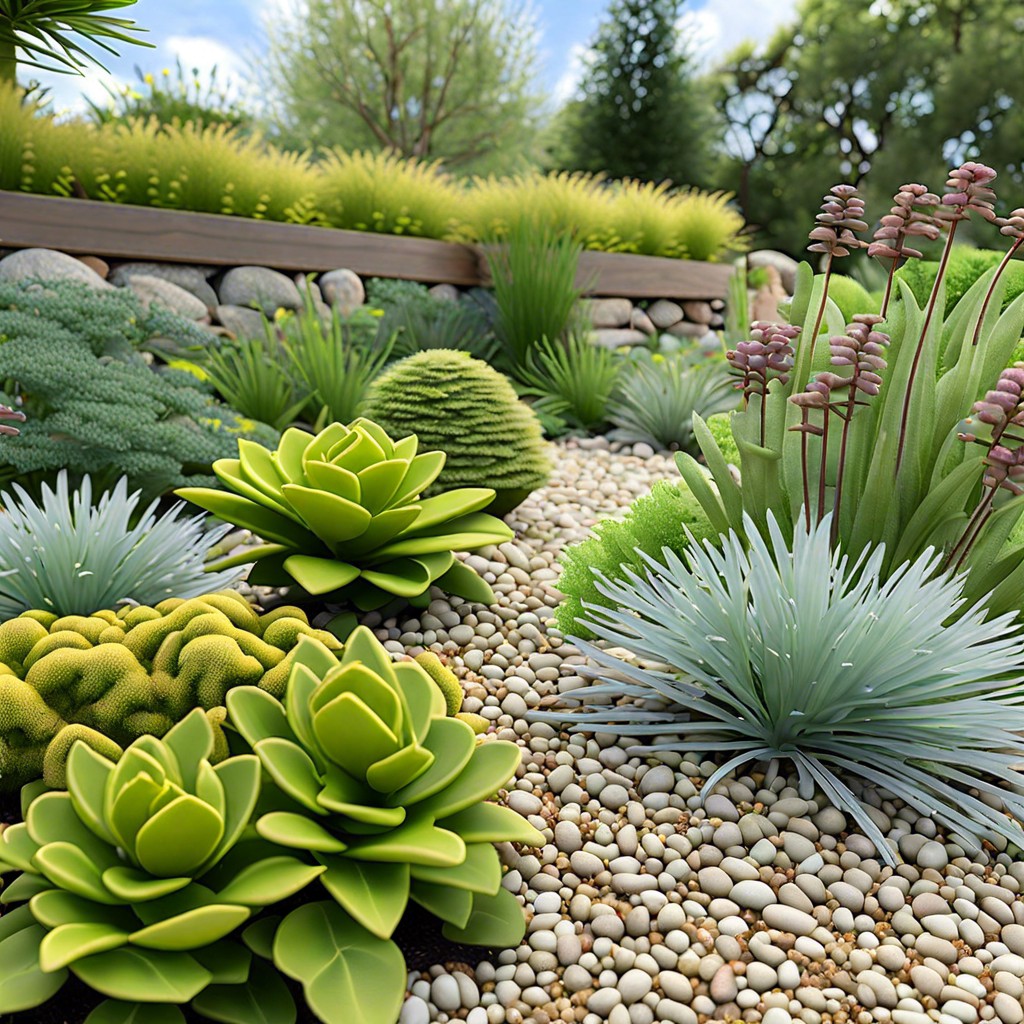
These plants are also well adapted to local climates, making them low-maintenance options that require less water and fertilizer than non-native species.
Some popular native groundcover alternatives include wild ginger, creeping phlox, prairie smoke, foamflower, woodland stonecrop (Sedum ternatum), golden ragwort (Packera aurea), Virginia creeper (Parthenocissus quinquefolia), and many more. These plants not only add beauty to your garden but also support local wildlife by providing food sources for pollinators like bees and butterflies.
When selecting native groundcovers for your garden or landscape project it is important to consider the specific growing conditions of the area such as light exposure levels or soil type. Some species may thrive in full sun while others prefer shade; some may do better in moist soils while others can tolerate drought conditions.
Wildlife-Friendly Choices
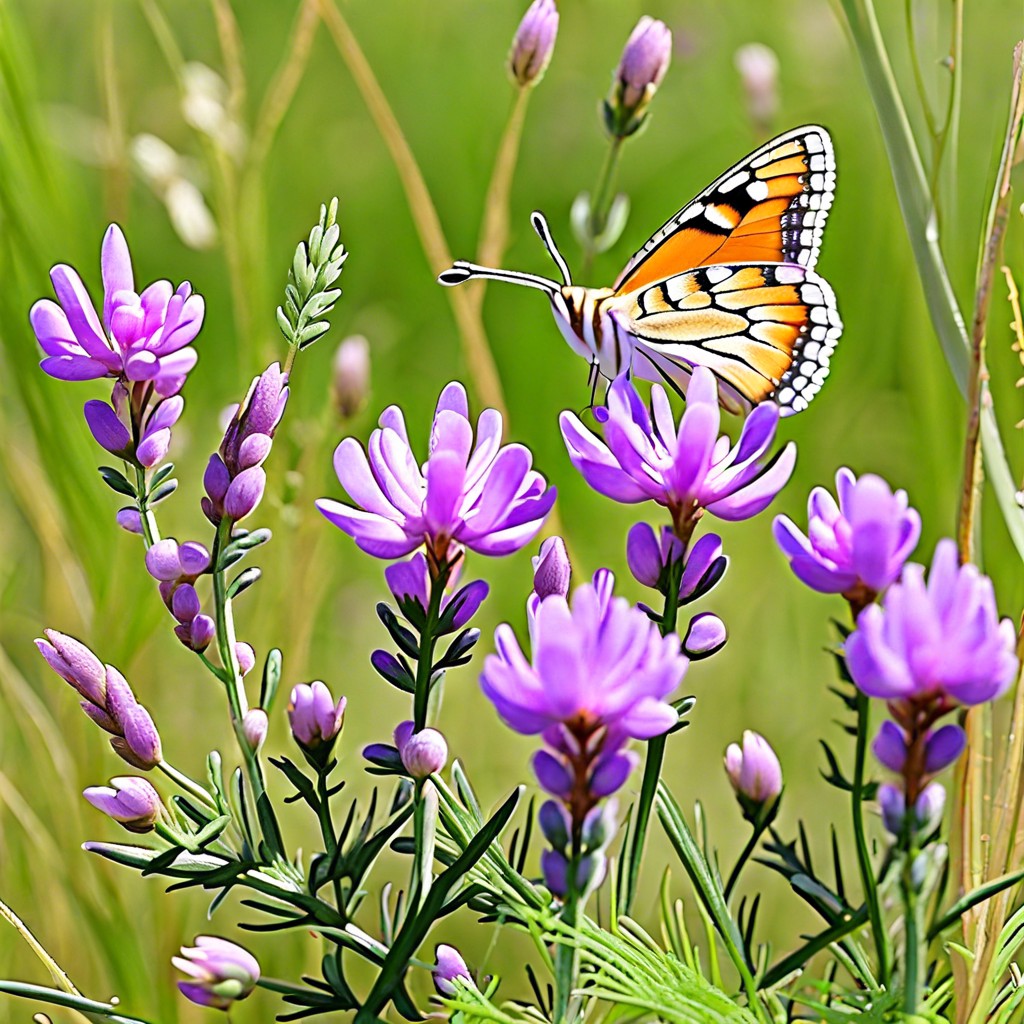
Many native groundcovers provide food and shelter for birds, butterflies, and other pollinators. For example, creeping phlox is an excellent choice that produces colorful blooms in the spring while attracting bees and hummingbirds.
Another great option is wild strawberry plants which produce small edible fruits loved by many animals including rabbits and squirrels. They have shallow roots which make them ideal for soil stabilization on slopes or hillsides.
For those who want something more unique than traditional groundcovers can opt for mosses or ferns as they offer a lush green carpet-like appearance while providing habitat opportunities such as hiding places or nesting sites.
Drought-Tolerant Alternatives
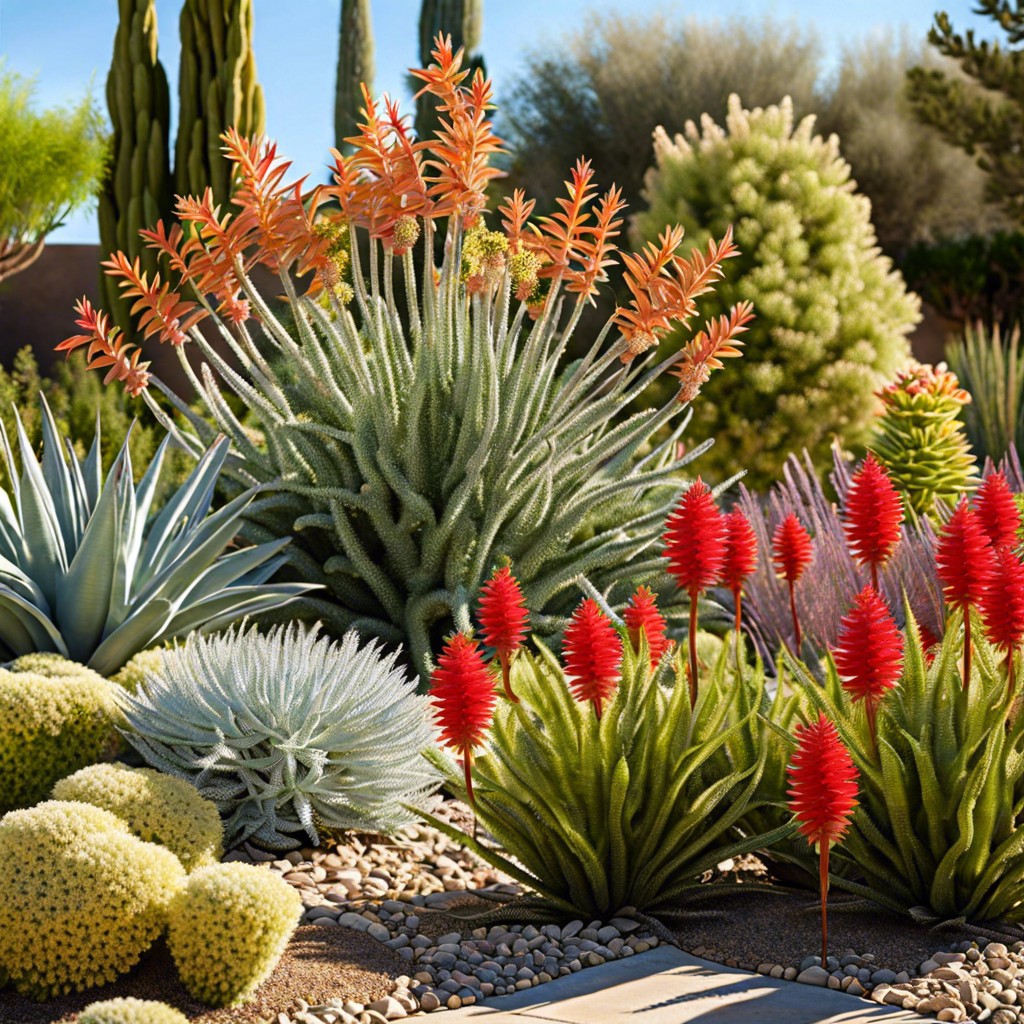
These plants have adapted to survive in dry conditions and require little watering once established.
One great option is creeping thyme, which not only adds beautiful color to your garden but also releases a pleasant fragrance when stepped on. Another popular choice is sedum, which comes in many varieties and can thrive even in poor soil conditions.
For those who prefer grasses as their groundcover of choice, consider planting blue fescue or buffalo grass. Both of these options are hardy enough to withstand droughts while still providing lush greenery.
Low-Maintenance Alternatives
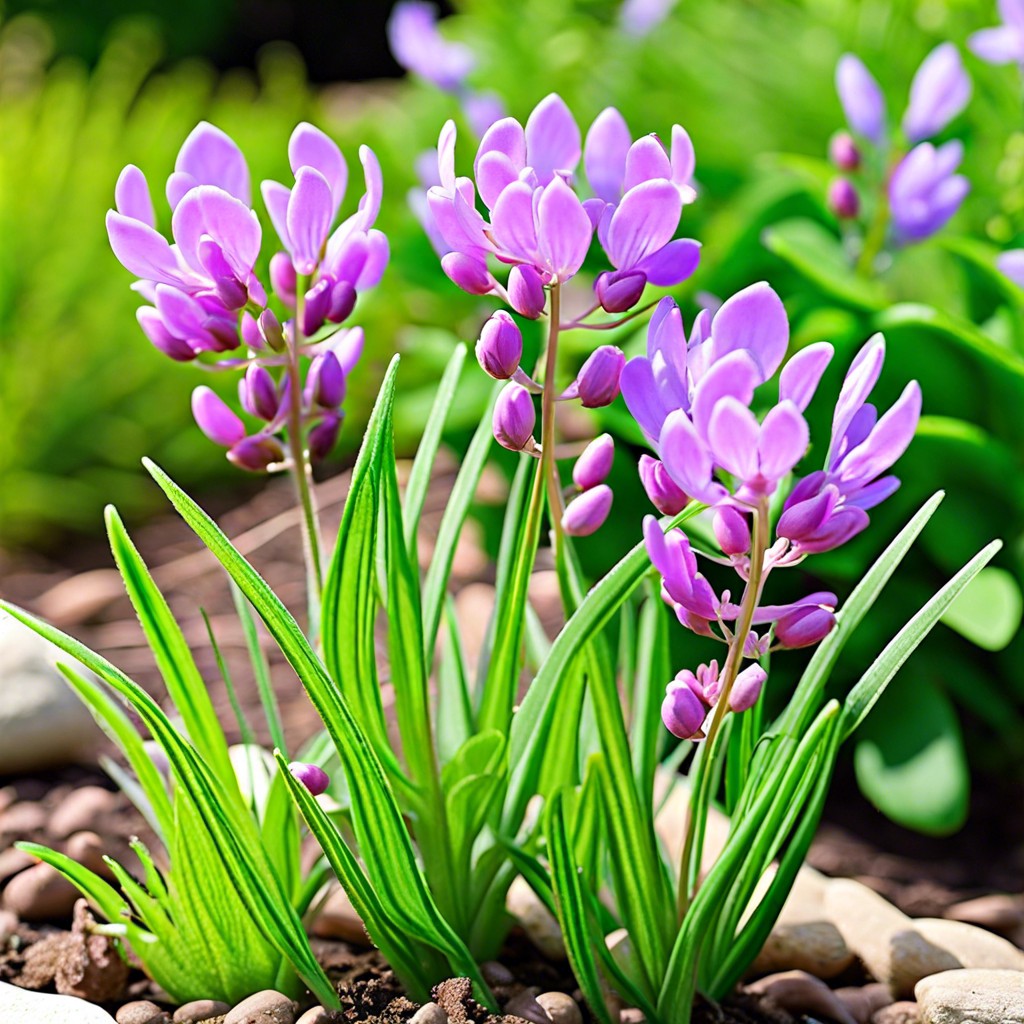
Low-maintenance alternatives like creeping thyme, sedum, and mosses can provide beautiful coverage without requiring much attention. These plants are perfect for busy gardeners who want to enjoy the beauty of their gardens without spending hours on maintenance.
Creeping thyme is an excellent choice for low-maintenance ground cover because it’s drought-tolerant and doesn’t require frequent watering or fertilization. It also has a lovely fragrance when crushed underfoot! Sedums come in many different varieties and colors, making them an attractive option as well as being easy to care for.
Mosses may not be the first thing that comes to mind when thinking about ground covers but they can create a lush green carpet with very little effort required on your part. They thrive in shady areas where other plants struggle and don’t need any fertilizer or pruning.
Invasive Species Management
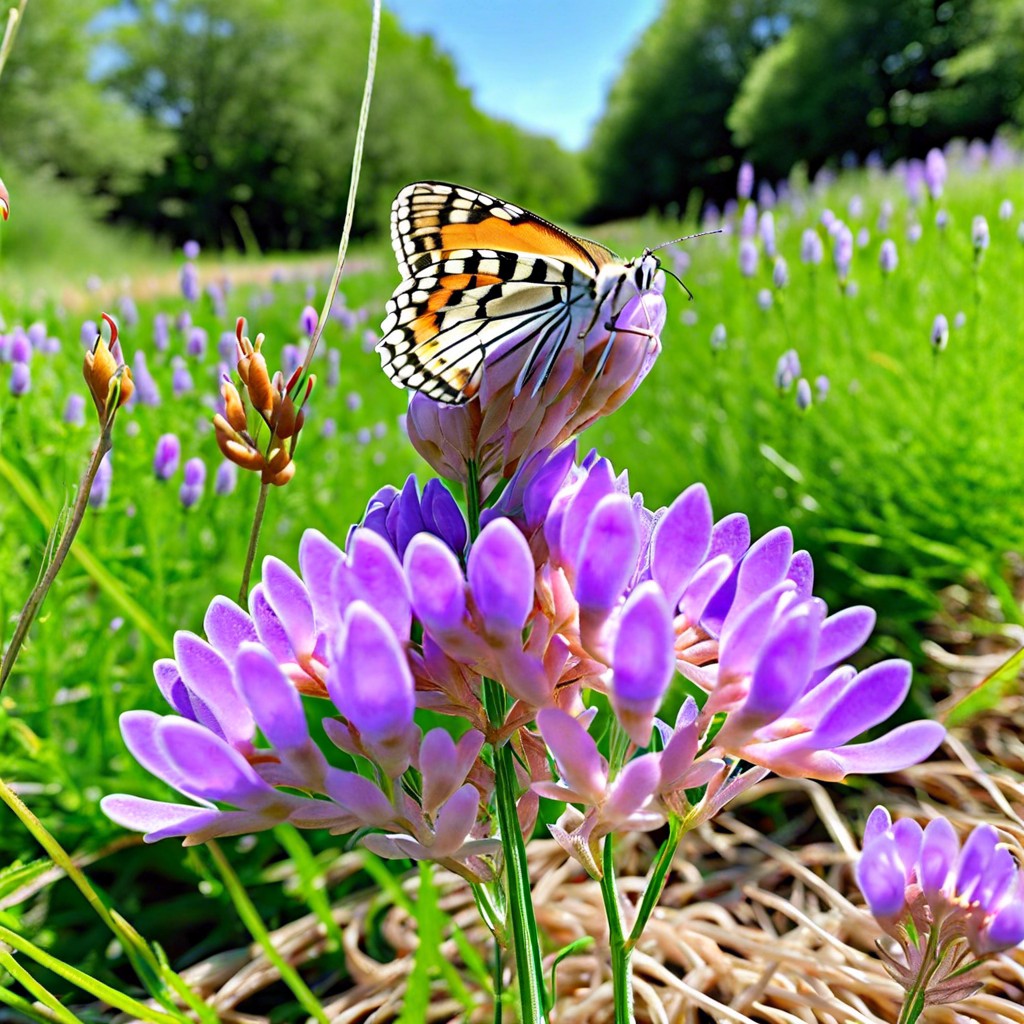
While crown vetch may seem like an attractive option for ground cover, it can quickly become invasive if not properly managed. Invasive plants can outcompete native species, disrupt ecosystems, and cause significant damage to the environment.
To prevent this from happening in your garden, it’s important to take steps to manage invasive species effectively. This includes identifying any potential invaders early on and taking action before they have a chance to spread.
One effective method of managing invasive plants is through manual removal or mechanical control methods such as mowing or cutting back growth regularly. Another approach involves using herbicides specifically designed for controlling specific types of invasives while minimizing harm done by non-targeted plant life.
Ornamental Alternatives
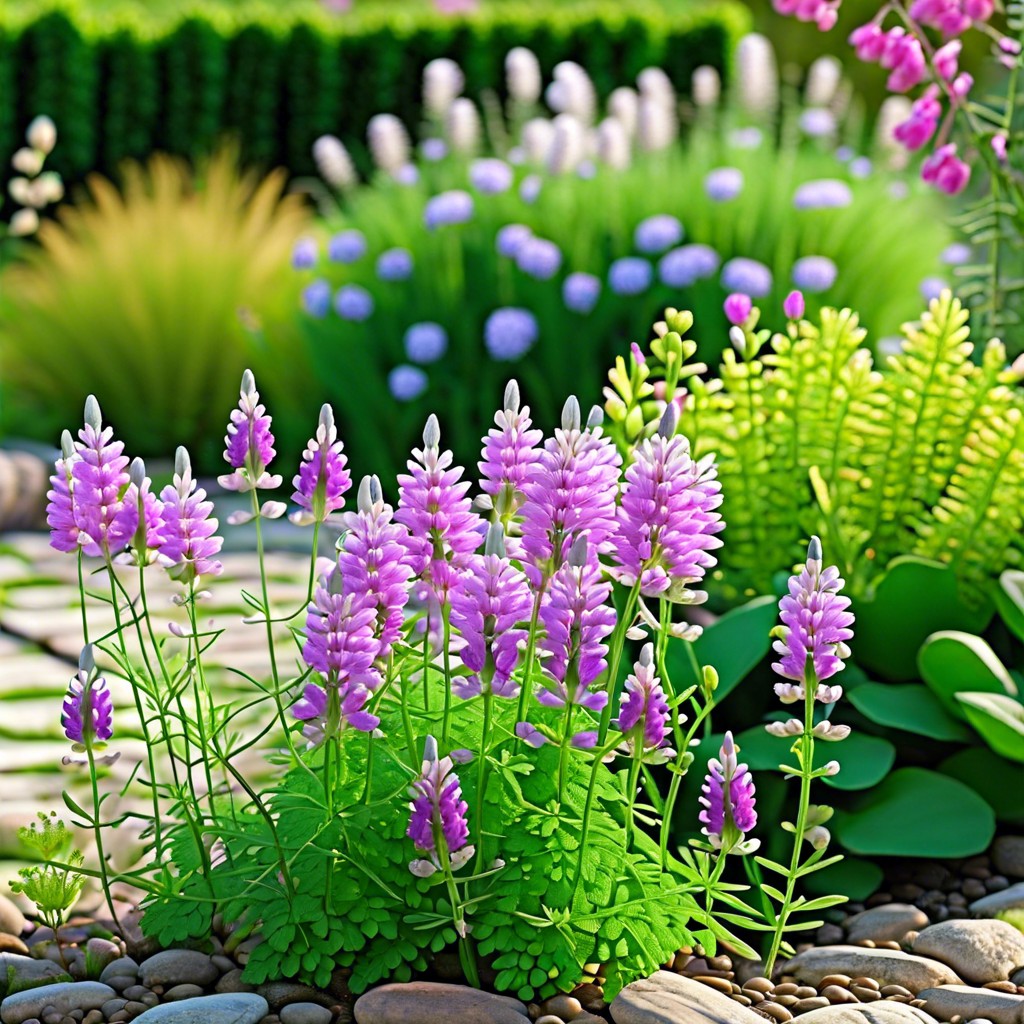
One popular option is creeping phlox, which produces stunning blooms in shades of pink, purple, and white. Another great choice is sweet woodruff with its delicate white flowers and fragrant scent.
For a more unique look, consider planting woolly thyme or elfin thyme. These low-growing plants have tiny leaves that create a soft carpet-like effect on the ground while also releasing an aromatic fragrance when stepped on.
Other ornamental options include ajuga (also known as bugleweed), which has striking foliage in shades of green and burgundy; sedum ‘Angelina’, with its bright yellow-green foliage; or even mosses like Irish moss or Scotch moss for a lush green carpet effect.
Perennial Groundcovers

These plants can be used in a variety of settings, from rock gardens to borders and everything in between. Some popular options include creeping phlox, ajuga, sedum, and creeping thyme.
Creeping phlox is an excellent choice for those looking for a low-maintenance option that provides stunning color throughout the growing season. This plant produces masses of small flowers in shades of pink or purple that cover the foliage completely.
Ajuga is another popular perennial groundcover that thrives in shady areas where other plants struggle to grow. It features glossy leaves with spikes of blue or purple flowers rising above them.
Sedum is perfect for sunny spots where soil conditions may not be ideal since it’s drought-tolerant and requires little water once established. Its fleshy leaves come in various colors ranging from greenish-blue to reddish-brown hues depending on the species selected.
Creeping thyme offers fragrant foliage with tiny pink or lavender blooms during summer months while providing excellent weed suppression capabilities.
Non-Invasive Cover Crops
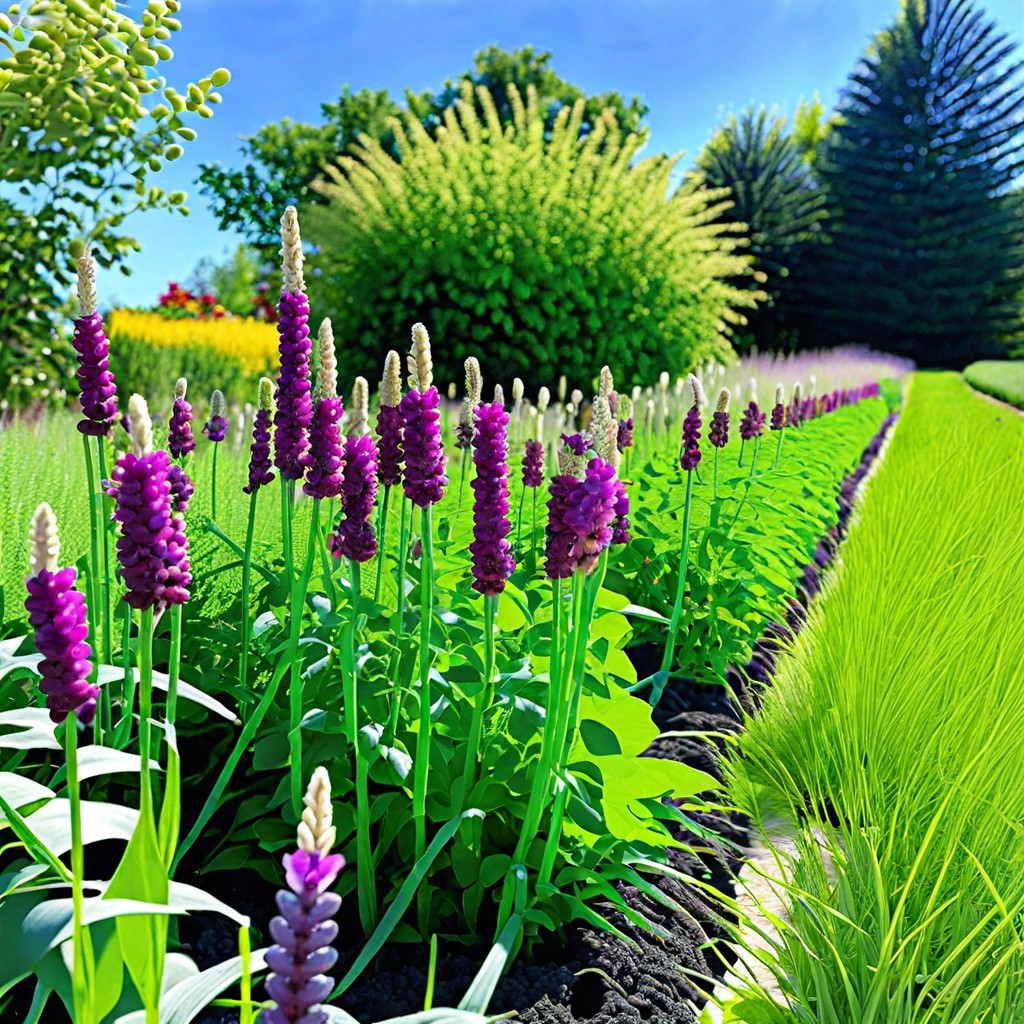
These crops can help prevent soil erosion, improve soil fertility, and suppress weeds without taking over your entire yard. Some popular non-invasive cover crop options include clover, buckwheat, oats or rye grass.
Clover is a great choice because it fixes nitrogen in the soil which helps other plants grow better. Buckwheat is another option that grows quickly and attracts pollinators like bees with its beautiful flowers while also suppressing weeds effectively.
Oats or rye grass are both winter-hardy choices that will protect your garden from harsh weather conditions while adding organic matter back into the soil when they decompose in springtime.
By planting non-invasive cover crops instead of crown vetch you’ll be able to create a more diverse ecosystem in your garden without worrying about invasive species taking over.
Sedum Species Selection
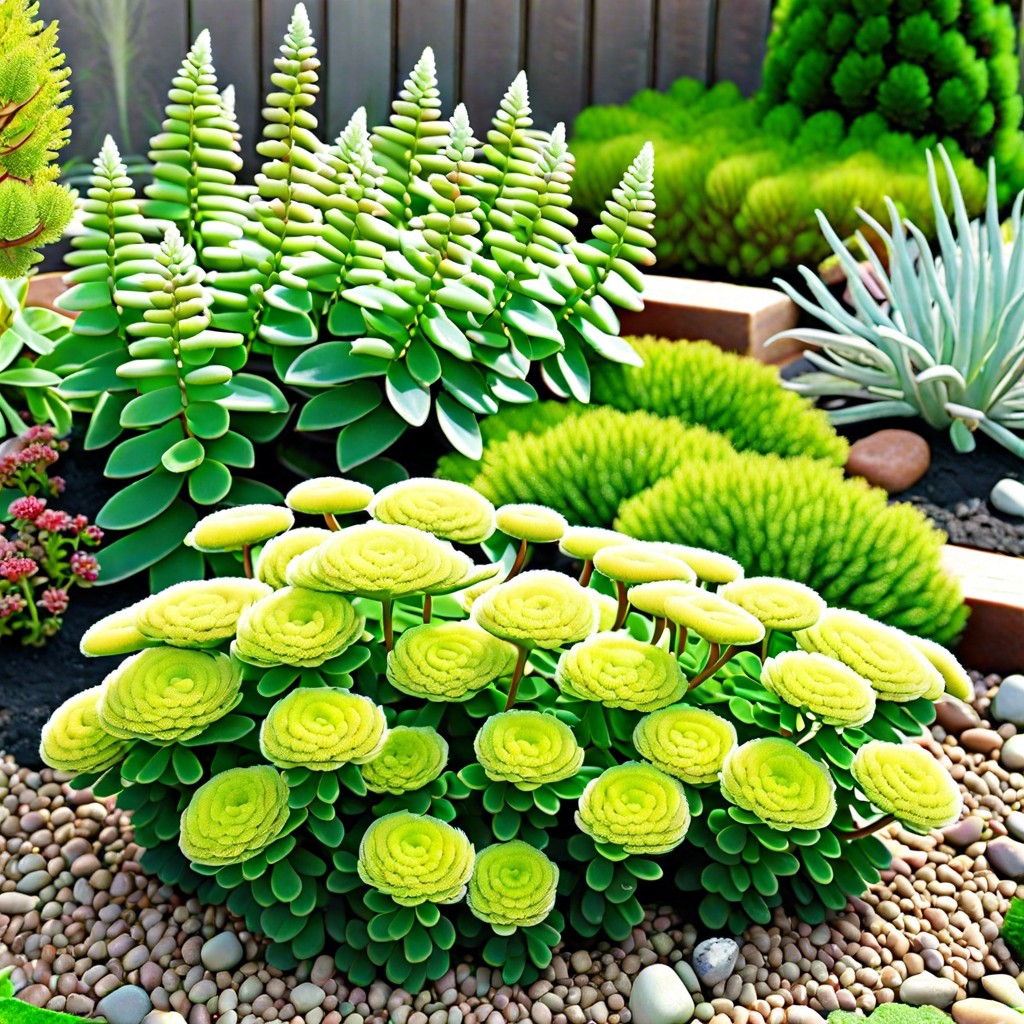
These plants are known for their hardiness, drought tolerance, and low maintenance requirements. They come in a variety of colors and textures that can add interest to any garden or landscape design.
When selecting sedum species as an alternative to crown vetch, it’s important to consider the specific needs of your site. Some sedums prefer full sun while others do better in partial shade.
Soil type is also an important factor; some varieties thrive in well-draining soil while others prefer more moisture-retentive conditions.
One popular option is Sedum acre, commonly known as gold moss stonecrop or wallpepper. This low-growing plant forms dense mats of tiny yellow-green leaves that turn red-orange in the fall months.
Another great choice is Sedum spurium ‘Dragon’s Blood’. This cultivar features deep red foliage with pink flowers that bloom from late summer through early fall.
Grass and Sedge Options
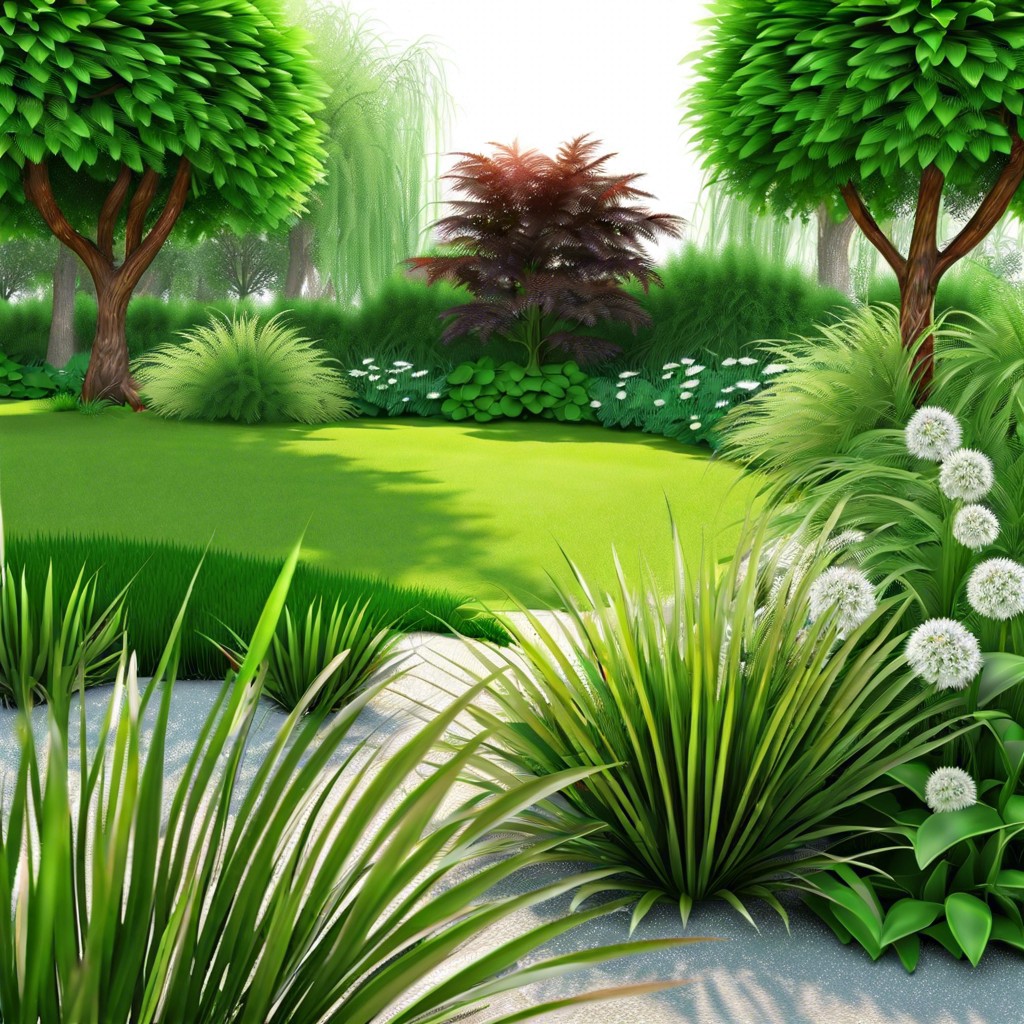
These plants can be used as groundcovers, borders, or even as accents in larger plantings. Some popular grasses include blue fescue, feather reed grass, and switchgrass.
Sedges like Pennsylvania sedge or Carex pensylvanica are also excellent choices for low-maintenance gardens.
One of the benefits of using these types of plants is that they require very little maintenance once established. They’re also drought-tolerant which makes them perfect for areas with limited water resources.
When selecting grasses or sedges it’s important to consider the specific growing conditions in your area such as soil type and sun exposure requirements. It’s always best to choose native species whenever possible since they will be better adapted to local conditions.
Creeping Shrubs

These low-growing plants spread quickly and can provide a beautiful ground cover that is both attractive and functional. Some popular options include creeping juniper, cotoneaster, wintercreeper euonymus, or dwarf spirea.
One of the benefits of using creeping shrubs as an alternative is that they require very little maintenance once established. They are drought-tolerant and can thrive in a variety of soil types making them ideal for areas with poor drainage or rocky terrain.
Another advantage is their ability to attract wildlife such as birds who use the dense foliage for nesting sites or shelter from predators. Creeping shrubs also help prevent erosion by stabilizing slopes with their extensive root systems.
When selecting your creeping shrub species be sure to consider factors like sun exposure requirements, soil type preferences (alkaline vs acidic), growth rate potential (slow vs fast), mature size expectations (height & width) so you can choose one that will fit your specific needs best.
Nitrogen-Fixing Legumes
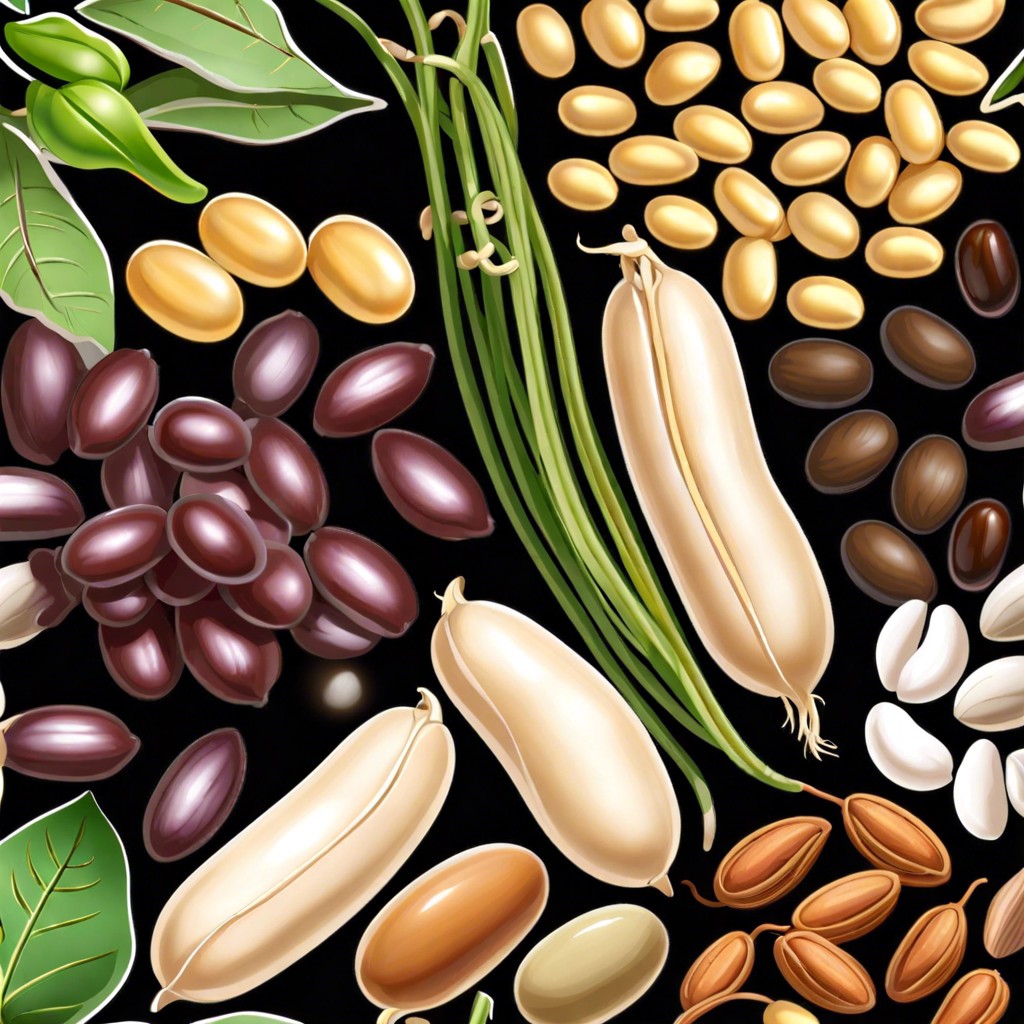
These plants have the unique ability to convert atmospheric nitrogen into a form that can be used by other plants, making them an excellent choice for gardeners who want to reduce their reliance on synthetic fertilizers.
Some popular nitrogen-fixing legumes include clover, alfalfa, and beans. Clover is particularly useful as it can be grown in combination with grasses or other groundcovers, providing both erosion control and improved soil quality.
Alfalfa is another great option as it has deep roots that help break up compacted soils while also fixing nitrogen.
When selecting which type of legume to plant in your garden or landscape project, consider factors such as climate conditions and intended use (e.g., ornamental vs edible).
Meadow Plantings
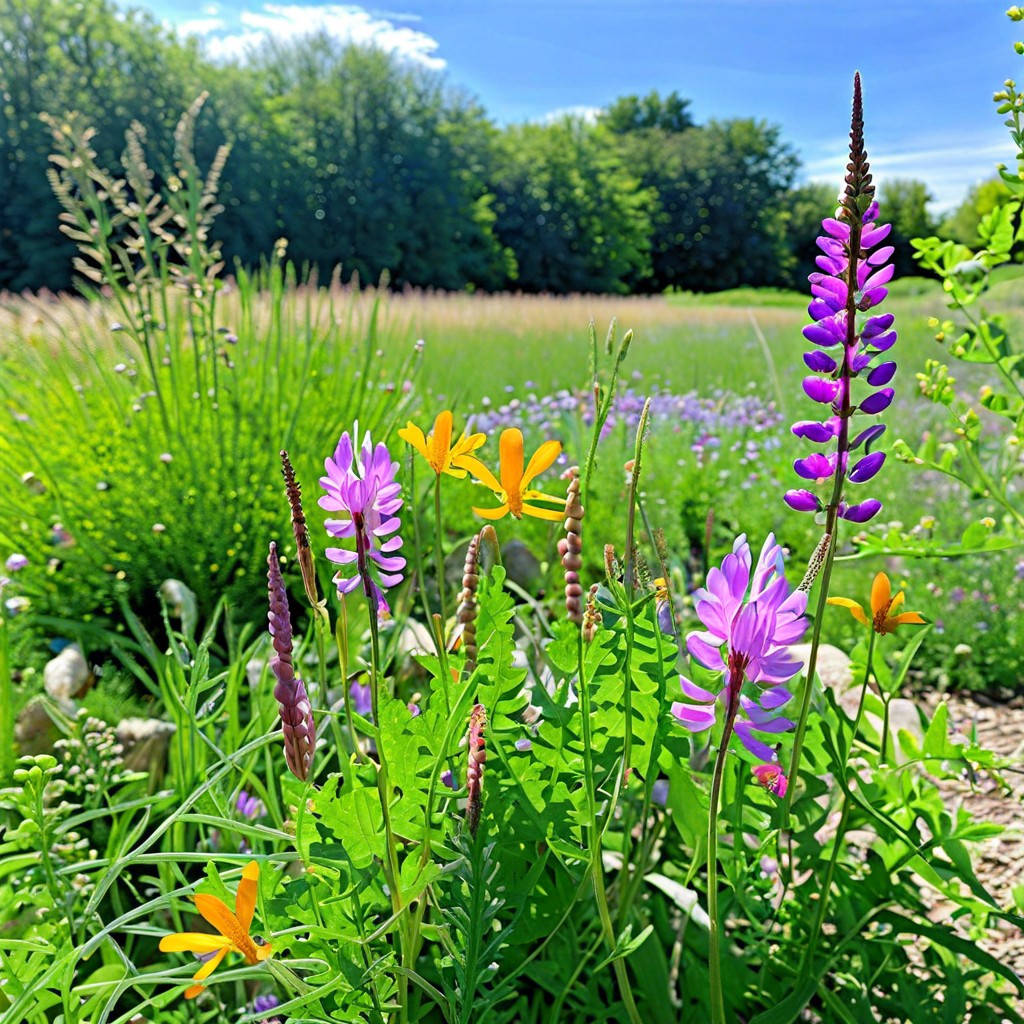
These areas can be planted with a variety of native wildflowers, grasses, and sedges that will thrive in your local climate. Not only do meadow plantings require less maintenance than traditional lawns or gardens but they also help improve soil health by increasing organic matter content.
When selecting plants for your meadow planting project it’s important to choose species that are well-suited for the site conditions such as sun exposure and soil type. Some popular options include Black-eyed Susan (Rudbeckia hirta), Purple Coneflower (Echinacea purpurea), Wild Bergamot (Monarda fistulosa), Little Bluestem Grass (Schizachyrium scoparium) among others.
To get started with creating a meadow planting area in your garden you’ll need to prepare the site by removing any existing vegetation or weeds before sowing seeds or transplanting seedlings into the ground. It’s best practice not use herbicides when preparing this area since these chemicals can harm beneficial insects like bees which play an essential role in pollination.
Trees

Not only do they provide shade, but they also help purify the air and create a habitat for wildlife. When selecting trees as an alternative to crown vetch, it’s important to consider factors such as soil type, sun exposure, and water availability.
Some great options include dogwood trees which offer beautiful blooms in the springtime or serviceberry trees that produce edible fruit in the summer months. For those with limited space or who prefer smaller varieties of trees may want to consider planting dwarf fruit tree varieties like apple or cherry.
When planting your new tree(s), be sure not plant them too close together so that each has enough room for growth without competing with one another. Make sure you’re aware of any potential hazards from falling branches during storms by pruning regularly.
Shrubs
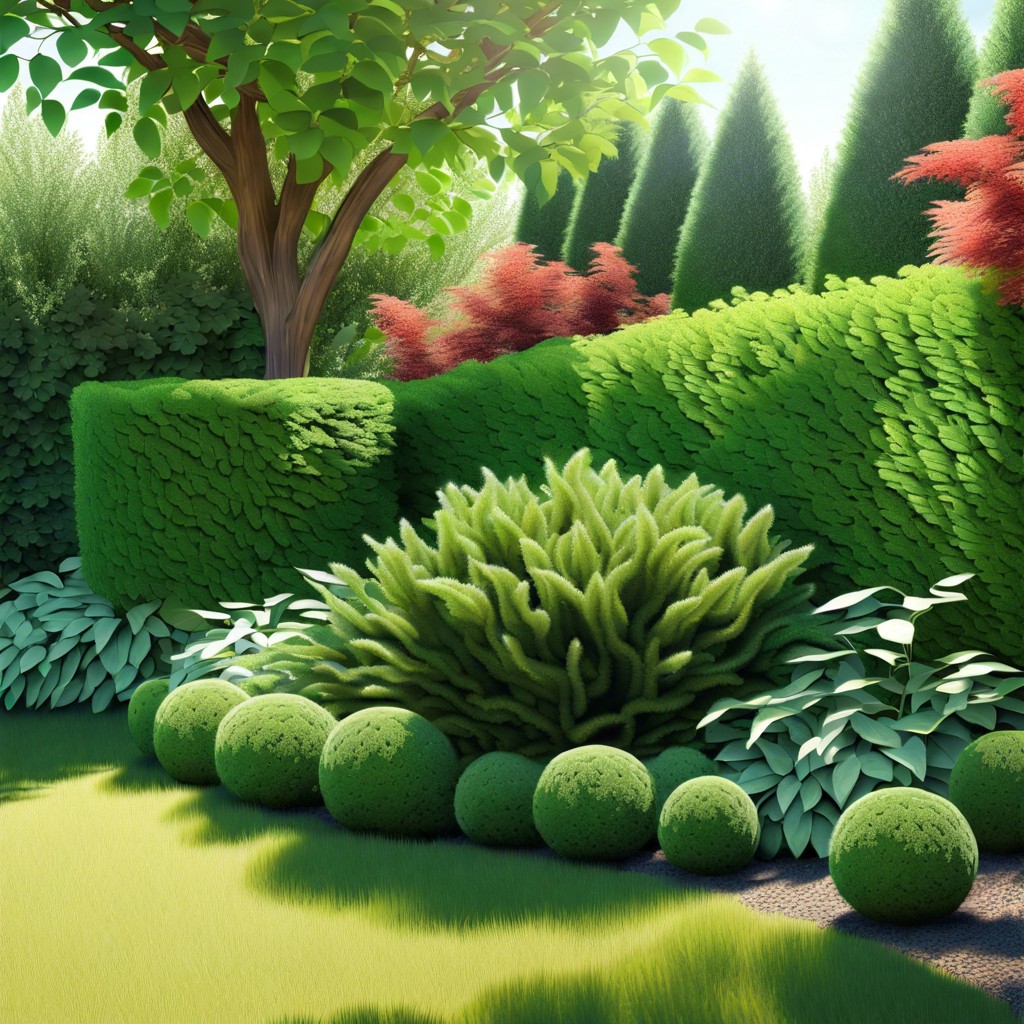
They come in a variety of shapes, sizes, and colors, making them an excellent choice for any landscape design. Some popular shrub options include the low-growing wintergreen boxwood or the vibrant red-twig dogwood that adds color all year round.
When selecting shrubs as an alternative ground cover option, it’s important to consider factors such as soil type and sun exposure. For example, if you have sandy soil with full sun exposure in your garden area then juniper is a good option because it can tolerate these conditions well.
Another benefit of using shrubs instead of crown vetch is that they require less maintenance once established. Unlike invasive plants like crown vetch which need constant attention from gardeners due to their aggressive growth habits; most types of shrubs only need occasional pruning or shaping throughout the growing season.
Sustainable Landscaping

It involves designing and maintaining outdoor spaces that are not only aesthetically pleasing but also environmentally responsible. By using native plants, reducing water usage, and minimizing chemical inputs, you can create a sustainable landscape that supports local wildlife while conserving natural resources.
One way to achieve sustainable landscaping is by incorporating low-maintenance groundcovers into your garden design. These plants require less watering than traditional turf grasses and help prevent soil erosion while providing habitat for beneficial insects like bees and butterflies.
Another important consideration in sustainable landscaping is the use of organic fertilizers instead of synthetic ones. Organic fertilizers release nutrients slowly over time, which reduces the risk of runoff pollution from excess nutrients entering nearby waterways.
By implementing these practices in your garden design, you can create a beautiful outdoor space that benefits both you and the environment around you!
FAQ
What plants are similar to vetch?
Plants similar to vetch include Birdsfoot, which is a close cousin to Crown Vetch and has various uses such as forage for livestock and erosion control.
What kind of damage does crown vetch do?
Crown vetch causes damage by altering native ecosystems through nitrogen fixation, enhancing soil fertility, climbing over and smothering shrubs and small trees, and shading-out native herbaceous vegetation.
Will crown vetch choke out weeds?
Yes, crown vetch can gradually choke out weeds by forming a dense mat of vegetation.
Is crown vetch a good ground cover?
Yes, crown vetch is a good ground cover, especially for steep, rocky, and dry areas.
What environmental conditions are best suited for growing crown vetch alternatives?
Crown vetch alternatives thrive best in well-drained soils, full sunlight to partial shade, and moderate temperatures.
How do crown vetch alternatives contribute to soil health and fertility?
Crown vetch alternatives contribute to soil health and fertility by enhancing biodiversity, promoting desirable microorganisms, and providing a habitat for beneficial insects, which together improve the soil’s available nutrients and overall structure.
Are there any native plant species that can replace crown vetch in local ecosystems?
Yes, native plant species like wildflowers, grasses, and legumes can replace crown vetch in local ecosystems.
Recap


